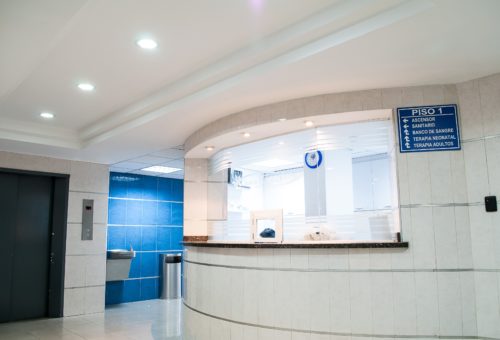
COVID-19 was a shock to the system unlike anything that had been anticipated. Even prior to the shutdown, health-perceptive people were starting to avoid public venues and there were declines in the numbers of people going out to eat at restaurants, to public functions, visiting with friends and also going to the doctor’s offices.
When it comes to healthcare, that has translated into multiple stress points to our system of care spanning both health and economics with people avoiding care for both their chronic and acute medical needs. Medical personnel themselves have been consumed by COVID-19 duties to care for patients and many have themselves fallen ill. Many medical and dental practices have shut down or have reduced greatly the number of patients being seen and then, only under specific circumstances. That means that not only will there be a backlog of patients, but they will be coming in for care when they have progressed in their illness or made its treatment more complex. Moreover, they may have lost their insurance. The interruption of services has brought financial peril to practices, particularly small ones. Cracks that existed in the healthcare system prior to COVID-19 have widened while new ones have appeared. As with all venues – work, restaurants and healthcare, a return is going to be premised on multiple factors, but many of which will rely on communications.
My colleagues at FleishmanHillard’s TRUE Global Intelligence – the in-house research arm – fielded an online survey of 600 adults in the U.S. aged 30-75 on May 4-5 to provide insights into the perceived risk people have of returning to healthcare offices and moreover, what will make them feel safe.
What they found was that concern is widespread, far-reaching and multi-faceted. Overall nearly forty percent of consumers surveyed felt either “not very safe” or “not at all safe” in going to a dentist and nearly 1 in 3 (28 percent) stated that they did not feel very safe or not at all safe in a physician visit. Moreover, 41 percent stated that they would not feel very safe or not at all safe in going to a hospital for a diagnostic test, while even greater numbers stated they would not feel secure in going for elective surgery either as an outpatient or inpatient. Women felt a greater sense of unease than men by far in each of these categories, and naturally because of the risk of co-morbidities with COVID-19, the older a person was, the less inclined one was to feel safe. Overall, only one-third felt that it would be considered safe to visit their physician in the coming months. You can view and download the complete survey report here.
Concerns were not limited to the physical premises, but also centered on ancillary issues. For example, 69 percent of respondents said they were either “extremely concerned”, “very concerned” or “moderately concerned” about someone not being able to attend a procedure with them, or to be able to stay with them during recovery. Additionally, 58 percent were concerned that they would not be able to have someone to take care of them once they were home, and nearly half feared not being able to find someone to take them to and from a procedure – sentiments that were particularly concerning to younger consumers.
What will it take to be ok? The bottom line for consumers (80 percent) was that there needed to be some clear way of communicating the parameters of safety in a healthcare setting, but consumers are guarded about the motivation behind those communications, with 63 percent worried that a drive to get patients to return may be driven by financial reasons. They overwhelmingly (88 percent) expressed a desire for clear and simple communications about safety in returning to the healthcare setting but 80 percent feel that there currently are no clear signs.
Clear communications on this front will not be easy. The survey revealed that one of the most reassuring messages to patients was that healthcare staff are being routinely tested for COVID-19. But the real challenge is that as people seek certainty and security, the solid facts about COVID-19 are still being discovered. And no one entity is in charge of the message complicated further by a politicization of the issue. The survey also revealed that the voice of the physician is more important than that of elected officials or governmental bodies.
In short, it is likely to be communications from healthcare providers – both individual practices and large institutions, medical societies and perhaps ultimately those without a direct financial interest – such as patient organizations – that may ultimately shape perceptions about that risk. That makes this more of a grassroots effort than communications that comes from the top-down. That, in turn, means that efforts may vary regionally and even by locale. Above all, it will be essential to strike the right balance of message with the appropriate messengers and the correct times. And above all, it will be a process, not an event.
Photo by Martha Dominguez de Gouveia on Unsplash

